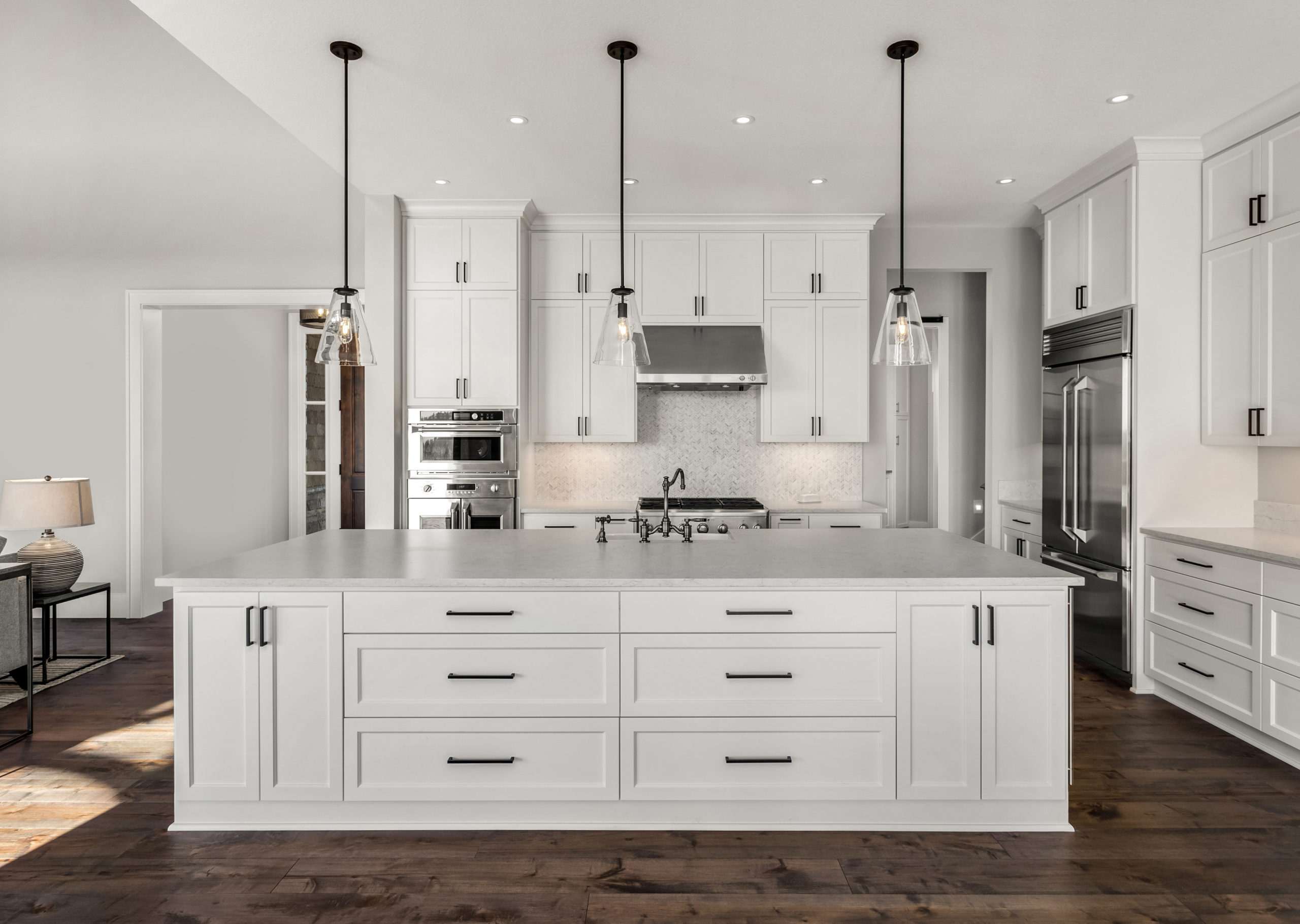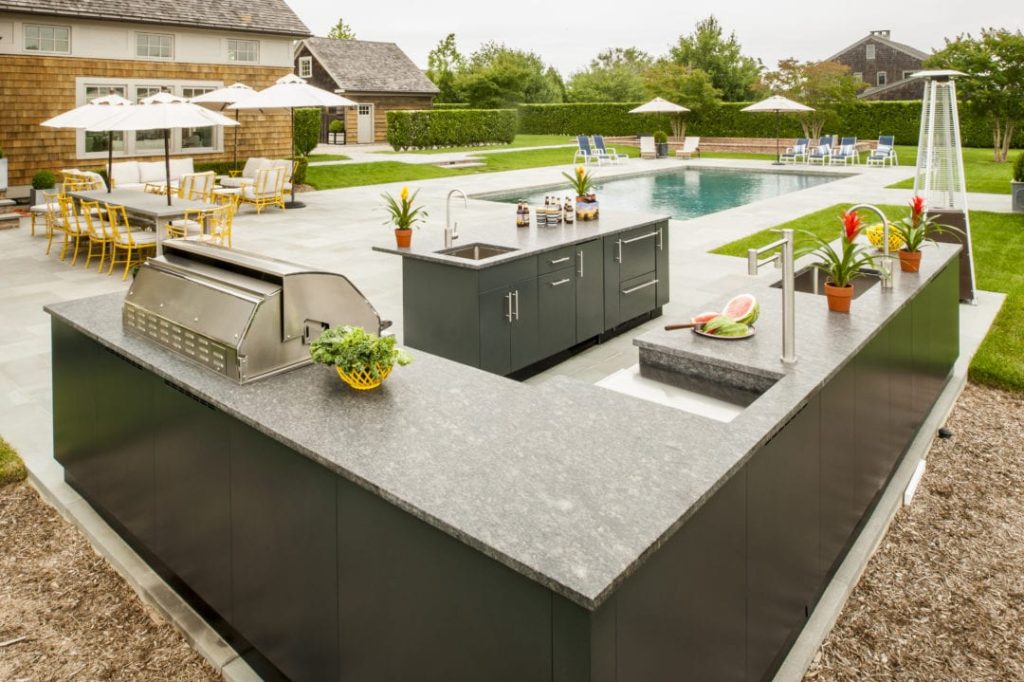

Planning your cabinet layout is the cornerstone of a functional and beautiful kitchen. Whether you’re starting from scratch or remodeling an existing space, a well-thought-out cabinet arrangement is key to a smooth kitchen workflow and maximizing storage efficiency. This crucial step ensures that your cooking area is not only aesthetically pleasing but also incredibly practical, catering perfectly to your daily needs. This article addresses common challenges people face when planning their kitchen cabinet layout and provides practical solutions and strategies that are perfect for making the most of every inch of your kitchen’s space.
Understanding Your Needs: The Foundation of a Great Cabinet Layout
Assessing Your Kitchen Workflow
Understanding your daily kitchen workflow is essential when planning a cabinet layout. The goal is to create a space where food preparation, cooking, and cleanup are efficient and seamless. Consider the movement of your household members in the kitchen; how does everyone interact with the space? If you have several people in the kitchen at once, you need a lot of counter space and storage to keep things organized. Knowing the size and shape of your kitchen is critical in helping you visualize how appliances and cabinets fit in to your space. Take into account the dimensions and layout of your kitchen including appliances like ovens, refrigerators, and dishwashers. Note common activities in the kitchen. Consider factors such as preparing ingredients, cooking, cleaning dishes, or having family meals. This detailed information will give a good idea of where you need storage and counter space, so you can plan an efficient kitchen workflow and overall design. This process helps streamline the cooking and food preparation process, leaving more time for enjoyment with your family and friends.
Evaluating Your Storage Requirements
What do you need to store? Do you have a lot of dishes? Countless pots and pans? How about canned goods, spices, and other ingredients? A proper kitchen storage plan will help you ensure you have enough space for all your cookware and utensils. A good strategy for efficient kitchen storage solutions is to organize your cabinets and drawers with storage containers and baskets. These make it much easier to organize, clean, and locate items. Consider the amount of space needed for your cooking equipment, food storage, and any unique storage needs for special items you may have.
Visualizing Your Design: Transforming Your Ideas into Reality
Creating a Floor Plan
Creating a detailed floor plan of your kitchen is the next critical step. This isn’t just a sketch; it’s a crucial tool for visualizing the potential layout. Measure your kitchen walls to get an exact layout. Include the measurements of all doors and windows, and the location of pipes or other existing features. This step will help you get a clear idea of the size and shape of the kitchen. Then, start marking the location of appliances like stoves and refrigerators. Next, mark out the locations for cabinets, countertops, and any other furniture items. This visual representation will help you to identify areas that might need extra attention or that need modification. A well-thought-out plan saves time and effort during the actual construction. Your kitchen’s floor plan should clearly illustrate the proposed layout, helping you achieve an intuitive and functional space.
Implementing a 3D Visualization
Leveraging the power of 3D visualization tools will help you visualize your kitchen cabinet layout with accuracy and precision. Using a 3D software, you can digitally arrange cabinets, countertops, and appliances to see how they will fit together in a three-dimensional context. This allows for a more realistic and accurate representation of the final kitchen design, providing insights and allowing you to identify any potential issues and adapt to them quickly and effectively. It can help you imagine how your space will look once it’s complete, and this step can save you time and effort in the long run by catching errors early.
Choosing the Right Cabinet Styles and Materials
Selecting Cabinets That Suit Your Style
When it comes to kitchen cabinets, various styles and materials are available. From classic wood to modern laminate, the options are vast. Choose cabinet styles that complement the overall design of your kitchen while providing ample storage and functionality. Keep in mind your budget when choosing materials to reduce cost overruns! Do some research, find pictures of cabinets that you like and look at similar kitchen designs. Look into the pros and cons of different cabinet styles and find ones that match your kitchen’s aesthetic. Consider factors such as the size of the cabinets, the material they’re made of, and their features like drawers and shelves.
Optimizing for Functionality and Efficiency
Incorporating Smart Storage Solutions
Maximizing storage space is crucial in a kitchen. Incorporate smart storage solutions like pull-out shelves, lazy Susans, and under-cabinet lighting to improve accessibility and organization. Consider how each appliance and storage will work together in a way that enhances your workflow. With proper planning, you can increase efficiency and create a more organized kitchen environment. In addition to storage solutions, consider the location of commonly used appliances. Consider the flow from the preparation area to the cooking area and on to the cleanup area. This will help keep the overall kitchen workflow as efficient as possible.
Aesthetics and Beyond: Designing a Stylish Layout
The Role of Color and Texture
Color and texture play a crucial part in enhancing the aesthetic appeal of a cabinet layout. A well-chosen color palette can significantly alter the overall ambiance of a kitchen. Consider the lighting and use of different shades. If the kitchen is small you want a light color palette so that the light flows throughout the space. If you have a very large kitchen a darker color palette could work well too. Try to envision how different colors will work with your appliances and countertops. This will help you make sure the space is cohesive and aesthetically pleasing. Furthermore, consider different types of textures in the cabinets and countertops to add depth and dimension to your kitchen design. Different textures offer different sensory experiences that can help you feel comfortable in your kitchen.
Addressing Specific Kitchen Needs
Catering to Specific Household Needs
This step involves taking into account the unique aspects of your household. Does someone in the family have dietary restrictions? Are there any children in the house? Does anyone in the family have specific needs or preferences? Design your cabinets to fit the needs and preferences of your family. This may mean including specific storage solutions or appliance placement strategies tailored to those requirements. Think about how each member of the family utilizes the kitchen, and consider ways to make things more efficient for everyone.
Building Your Budget
Setting Realistic Expectations
Understanding the cost of your desired layout before you start is a crucial step to successful kitchen planning. Consider the cost of materials, labor, and appliances. Determine your budget and work within it. This step will help you avoid exceeding your financial constraints and stay within your financial budget.
Final Considerations: Key Tips for Success
Working with Professionals
In some cases, you may want to hire a professional to help with the design or implementation of your kitchen layout. This can ensure optimal efficiency and adherence to structural factors and building codes.
Finalizing Your Design
Checking for Errors
Thoroughly review the final cabinet layout design to ensure that everything fits correctly and is efficient. Check the layout to make sure that the space is workable and addresses the needs of the home and family members.
Frequently Asked Questions
What are some common mistakes people make when planning their cabinet layout?
Planning a kitchen cabinet layout can be tricky, and some common pitfalls include overlooking the existing space, not considering the specific needs of the household, or not adequately planning the storage solutions required for the home”. For example, not utilizing the available wall space or neglecting to account for appliances and equipment can lead to a confusing or cluttered layout. A clear understanding of the kitchen workflow is key to avoid frustration down the line. Knowing where the main traffic flow is and how that impacts accessibility is just as important as appliance placement.
In conclusion, planning your cabinet layout is a crucial step in maximizing your kitchen’s functionality and aesthetics. Following these tips and tricks, from understanding your needs to visualizing your design, will lead to a space that not only looks great but also works seamlessly for your lifestyle. To get started, consider our comprehensive planning guide for further support. Let us help you achieve your dream kitchen! This guide will provide a detailed approach to planning your cabinet layout, so you can make informed decisions, ensuring a kitchen that is both beautiful and practical.